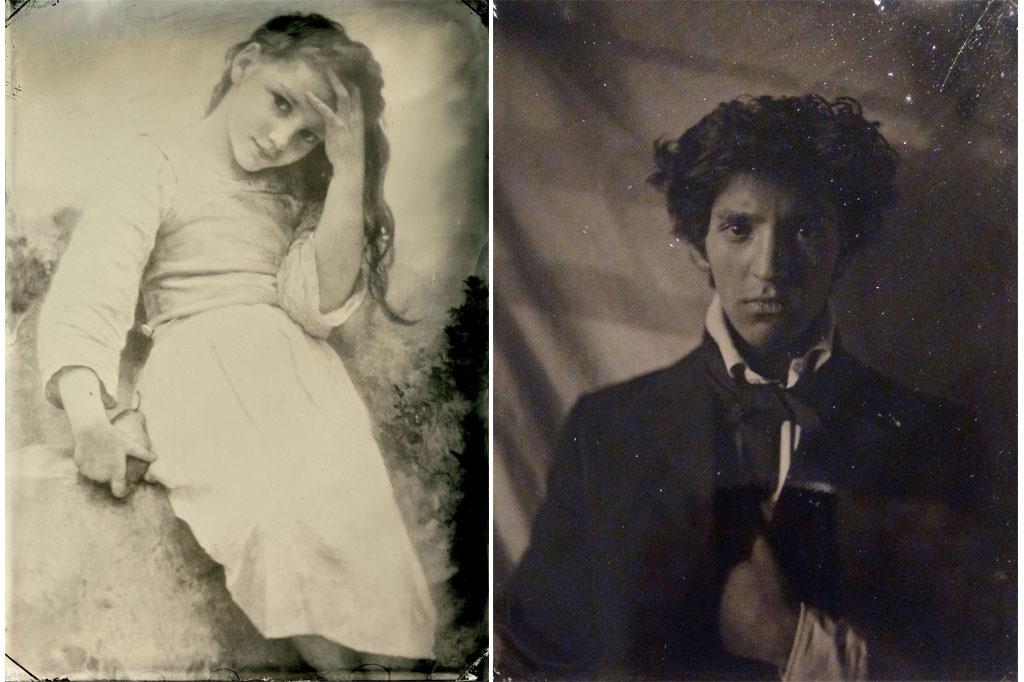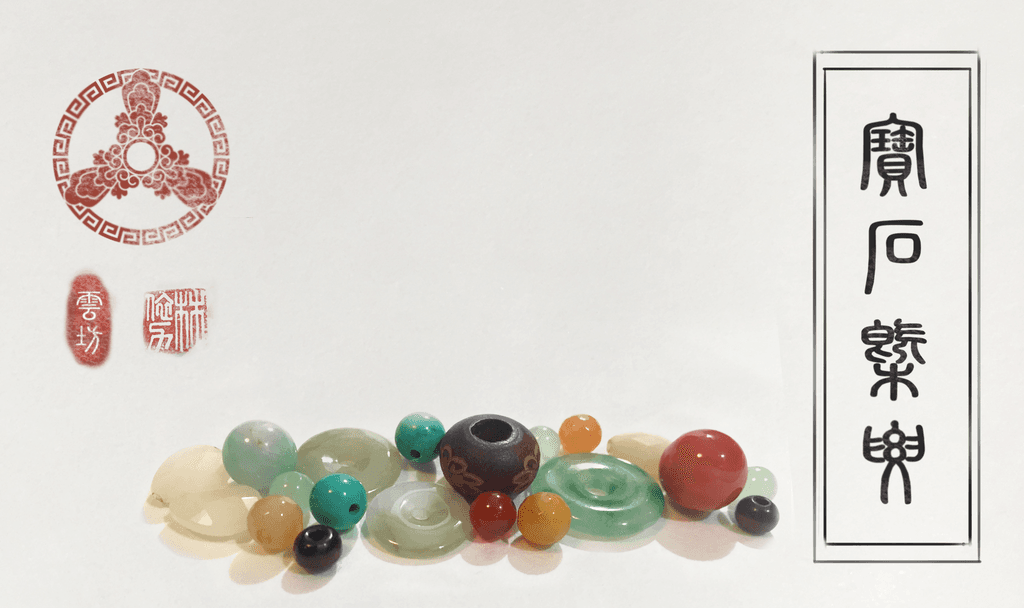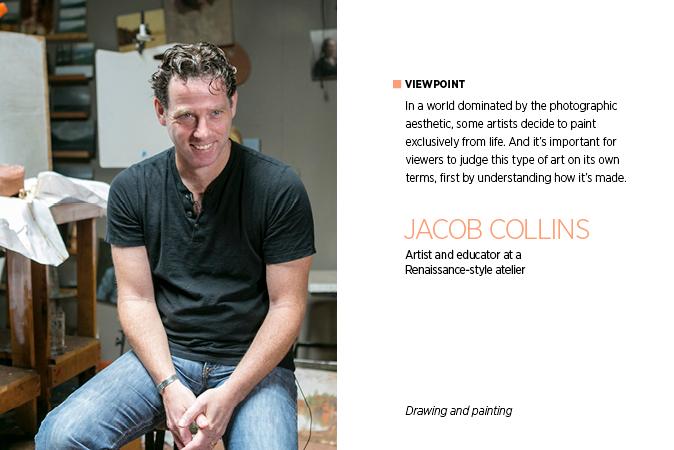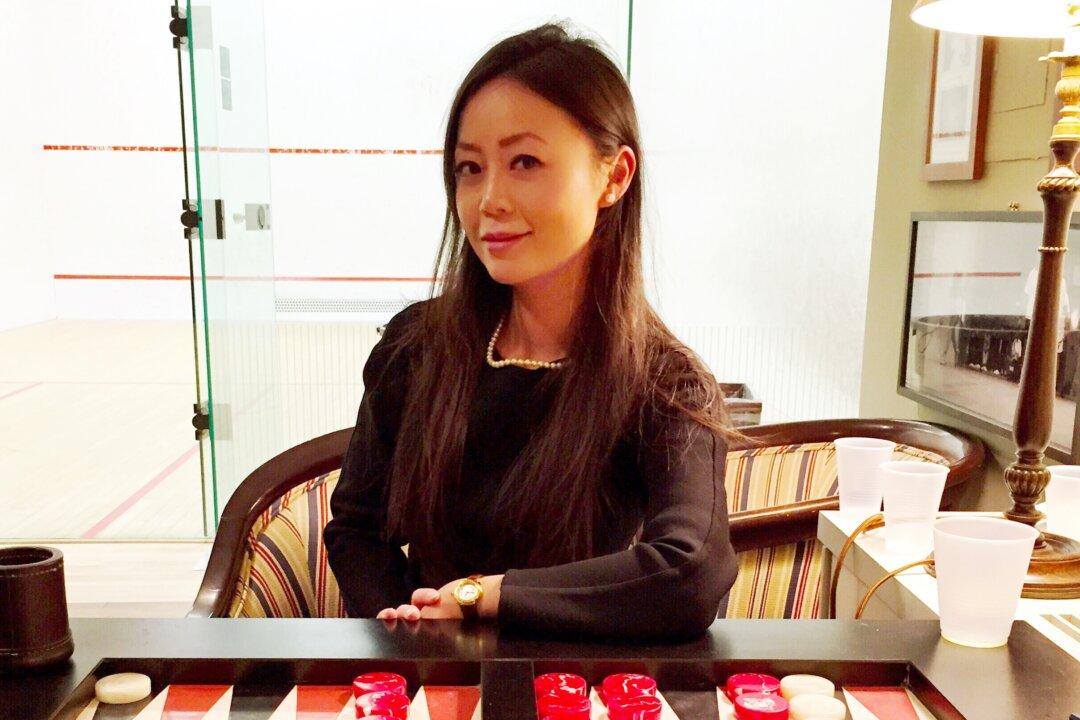When it comes to fine art reproductions, you have photos of paintings turned into posters, and Giclée prints on canvas with hand-painted brushstrokes for texture. Painter Eric Alexander Santoli and wet-plate photographer Christopher-Calvin Pollard are adding a new (albeit old) medium to the options: tintypes.
The two share a love of the medium and both make the reproductions by hand, a labor-intensive and calculated process. Their gallery in Los Angeles, which shares space with an old bookstore, sells 5 by 7 inch or 8 by 10 inch tintypes of contemporary and old master paintings—so far, all realistic.
The process of creating a tintype is time-and-labor-intensive. The equipment is clunky and the darkroom procedure can be finicky. Santoli and Pollard will be contacting museums to shoot artwork in the galleries as it was done in the Victorian era.
“It’s such an old medium, so it automatically has a relationship to a more representational style,” Santoli said in a phone interview, explaining that in the early days of photography, many photographers were trained as painters first.
“But we’re thinking of expanding to street art and modern works, because it’s more fun to merge [the medium of tintypes] with something different from it,” he said.








